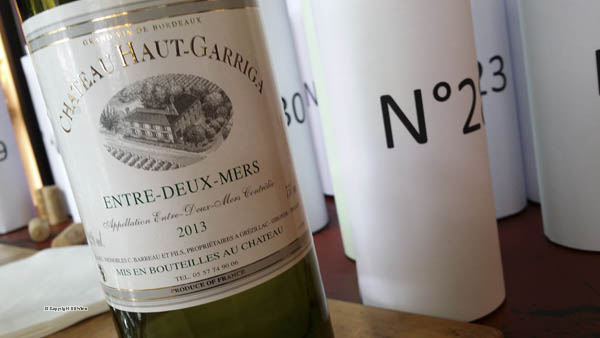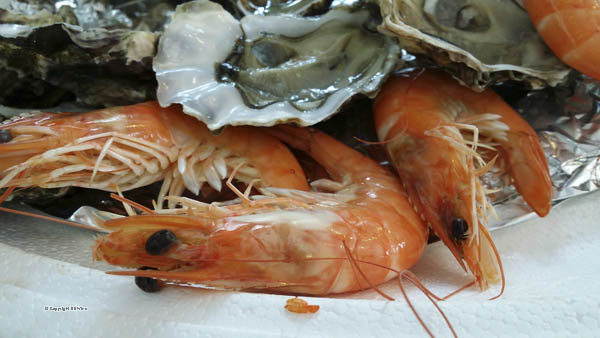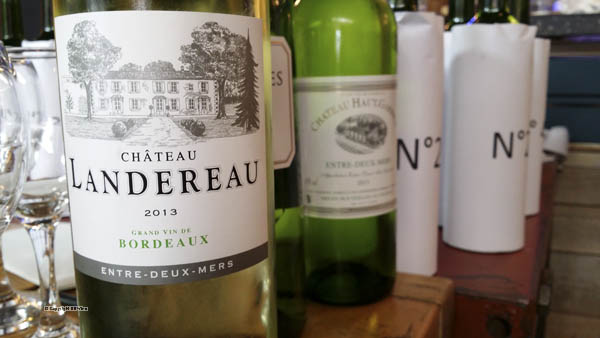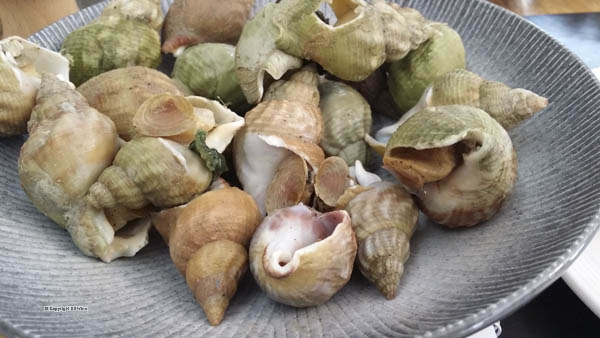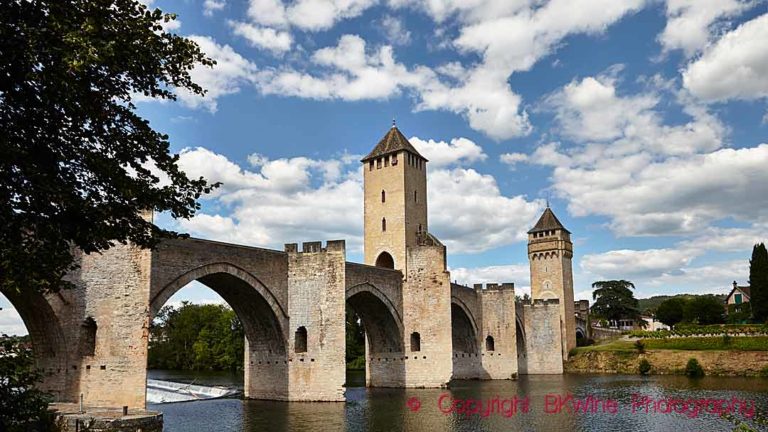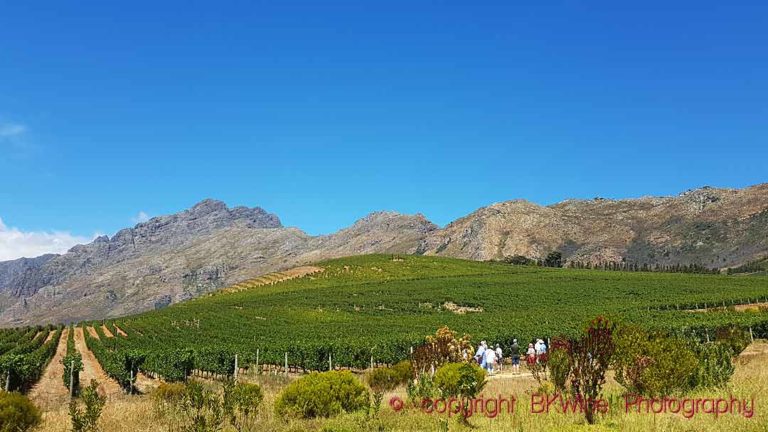Elegant and refreshing white wines with a touch of perfume from Bordeaux
Each spring the wine growers of Entre deux Mers presents their wines to a jury of wine professionals soon after their release. This year five wines were selected as most representative for the appellation. BKWine’s Per Karlsson was part of the jury. He also gives you his personal choice of top wines.
The Entre deux Mers wine competition takes place every year in April. All producers of Entre deux Mers wines are invited to participate. A jury consisting mainly of wine professionals, journalist, consultants, educators and cavistes (wine shop owners) taste the wines of the latest vintage.
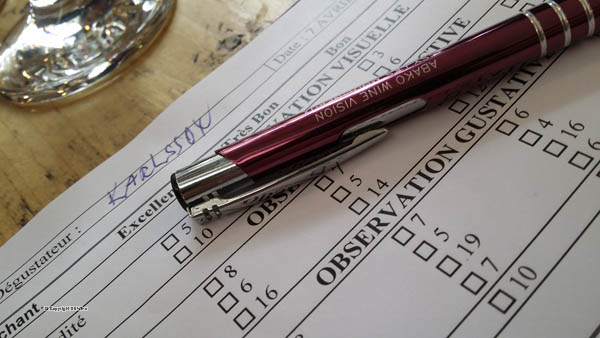
And the winners are…
This year five wines were selected by the jury as best expressing the entre deux Mers character:
- Chateau les Tuileries,
- Chateau Marjosse,
- Chateau Martinon,
- Chateau Haut Garriga,
- Chateau Landereau
With honorary mention to two additional wine producers:
- Chateau Turcaud
- Chateau Lestrille
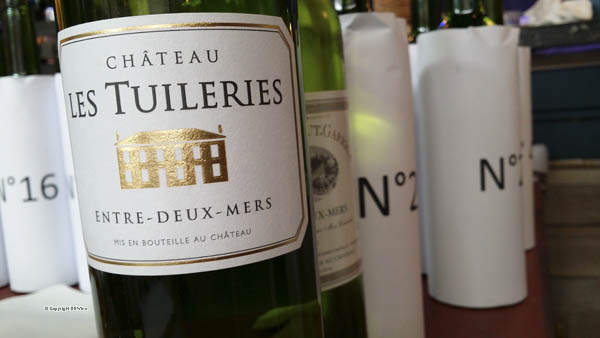
More pictures below.
However….
Wine competitions are not like other competitions. In a 100 metre race it is indisputable who is first. In a heat of 50 different wines from Entre deux Mers it is not necessarily so that there is one (or five) “winners”. How any wine taster rates the wines has inevitably to do with personal preferences.
Therefore – and this is a very serious piece of advice – you should not focus too much on wine points, wine ratings or wine awards. Take them as a pointer to where you might find things you like but do not trust it to be “the truth”. Because there is no truth. Or rather, there are as many truths as there are tasters.
In this case, with Entre deux Mers, the competition was organised such that each juror tasted about a third of the wines that participated in the competition.
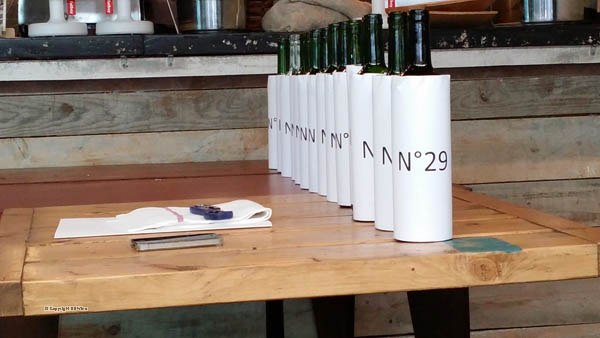
My favourite Entre deux Mers
There were about 50 wines and I tasted a bit more than half of them. Only one of the prize winners was in my tasting group but I tasted all of them after the awards had been announced. All very good.
Here is my own list of top wines, among those that I tasted blind.
My best wine:
- Chateau de Beauregard Ducourt. 85% sauvignon, 15% sémillon, €5.50 ex-cellars. A fairly discrete and delicate nose but delicious on the palate, good body and plenty of aromas. Long. Clean sauvignon blanc character with a bit of extra depth from the sémillon.
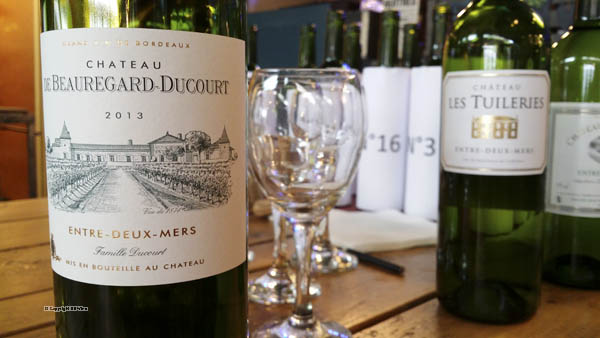
Followed by two ex-aequo
- Chateau Landereau. 40% sauvignon blanc, 20% sauvignon gris, 30% sémillon, 10% muscadelle, €6.20 ex cellars. An interesting grape mix that bodes well. It could give a little extra body and complexity. And indeed, a bit more full-bodied than most, well-balanced, very clean and more complexity than in a pure sauvignon blanc.
- Chateau Ferran. 35% sauvignon blanc, 15% sauvignon gris, 35% sémillon, 15% muscadelle, €6 ex cellars. More complexity on the nose than most with quite ripe fruit (harvested late perhaps?); good body on the palate but perhaps not as much as I had expected from the nose. Nice fresh acidity.
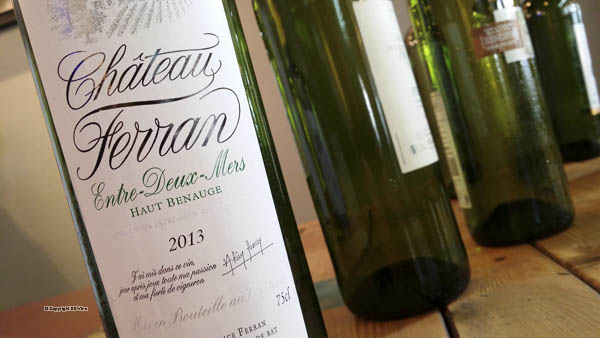
And then three more ex aequo
- Chateau Peyrines, 40% sauvignon, 50% sémillon, 10% muscadelle, €5.40 ex cellars. Almost clear colour, quite light-bodied bouquet, very clean and fresh with a well-balanced sauvignon character, a touch of CO2.
- Fleur de Ninon, 30% sauvignon blanc, 11% sauvignon gris, 36% sémillon, 23% muscadelle, €5 ex cellars. Nice fresh fruit on the nose but quite discrete. Good body in the mouth, good fruit, almost a bit chewy. A pity the bouquet was not more developed (it pulled down my total quite a bit), but still very nice.
- Chateau Tour de Mirambeau, 34% sauvignon, 33% sémillon, 33% muscadelle, €8.50 ex cellar. Very clean nose dominated by sauvignon blanc. Nice palate with some body. Well-crafted.
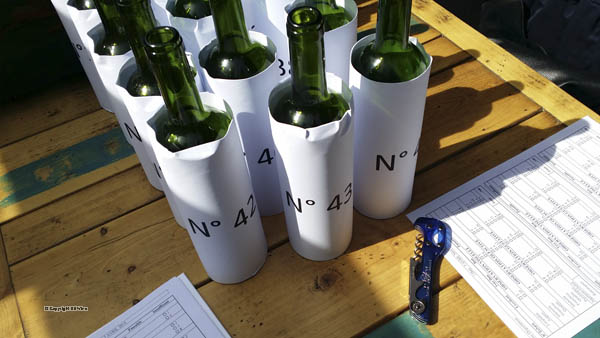
Vintage 2013
All wines are from the vintage 2013.
2013 was a very difficult year. There were substantial hail damage in some areas and the weather was difficult both in spring and in early summer. The total harvest only reached 60% of the volume of a normal vintage. Many wine growers are hoping for a good 2014 both in quality and in quantity. Yet another small vintage (counting volume) can lead to serious problems for some.
This said, the wines tasted were all clean, well-made and over-all typical of the appellation. On average perhaps a bit on the light side in terms of volume in the mouth and body. On the other hand, Entre deux Mers is not a region where you go looking for full-bodied whites. Rather you look for fragrance and freshness and a light touch of sauvignon blanc character. A far cry from the sometimes over-powering sauvignon blancs that one sometimes can find in, for example, New Zealand.
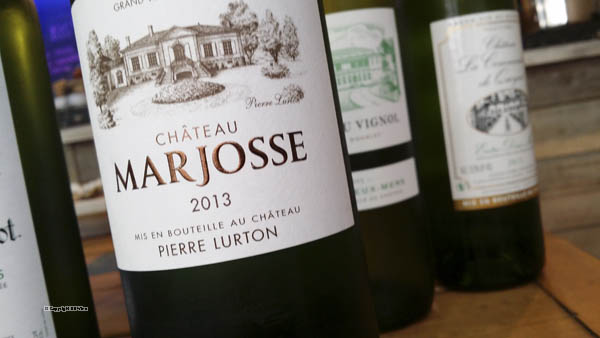
Wine styles: light sauvignon blanc and more complex blends
Generalising one can say that there are two styles of white wines in the Entre deux Mers: the very light, slightly aromatic and grassy wines dominated by sauvignon blanc, and the slightly more full bodied and more complex wines where some sémillon and sometimes sauvignon gris or muscadelle has been added to contribute a bit of depth.
Personally I prefer the more complex and full-bodied wines where there is a relatively (relatively!) small proportion of sauvignon blanc. I find them simply more interesting. Unfortunately the easy-to recognise and easy to memorise single varietal (or almost single variety) sauvignon blancs seem to be favoured by the market. Perhaps they are easier to recognise, easier for the casual consumer to remember. I certainly hope that this trend will not take over the whole region. We will lose a lot of interesting white wines if everyone jumps on the sauvignon blanc- only bandwagon.
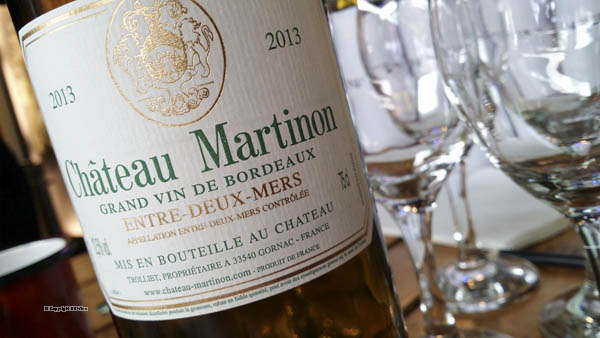
Entre deux Mers and food
The fresh acidity and the light and elegant character of the wines go very well with many types of food. A classic combination is with seafood. Bordeaux is not far from the sea and the Gironde coast is one of France’s biggest sources of shell-fish, e.g. oysters from the bay of Arcachon.
The wines also go well with many different kinds of fish and lighter meat, as long as you do not include too much heavy sauces.
Another excellent wine and food combination is Entre deux Mers with cheese. Again, the high acidity matches the fat texture of the cheeses very well, much better than many tannin-structured red wines. Definitely worth a try.
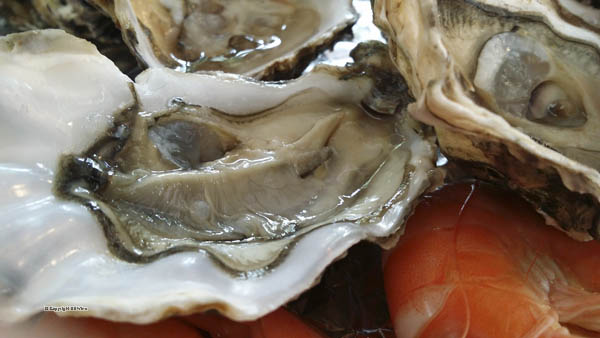
A word from the president
Here is a short video from the event when the president of the Syndicat Viticole, Stéphane Defraine, presents the results:
Challenge en Entre deux Mers
If you happen to be in the Bordeaux region in mid-May you should look out for a new event that will take place for the first time this year: Challenge en Entre deux Mers. It is an effort to put forward all the different appellations of the regions, not only the dry whites of E2M, but also the reds, rosés and sweet wines. It is a beautiful region to visit so if you have the possibility to go there do take the opportunity. (It is much prettier than the sandy slopes of the Medoc…)
[box type=”info” style=”rounded” border=”full”]
Entre deux Mers is a beautiful region to travel in and you can find many delicious wines here. The best way to experience and enjoy the wines, the gastronomy and the landscape in Bordeaux is to come on a wine tour with BKWine. The next Bordeaux wine tour is on September 17-21.
Travel to the world’s wine regions with the wine experts and the specialist in wine travel.
[/box]
